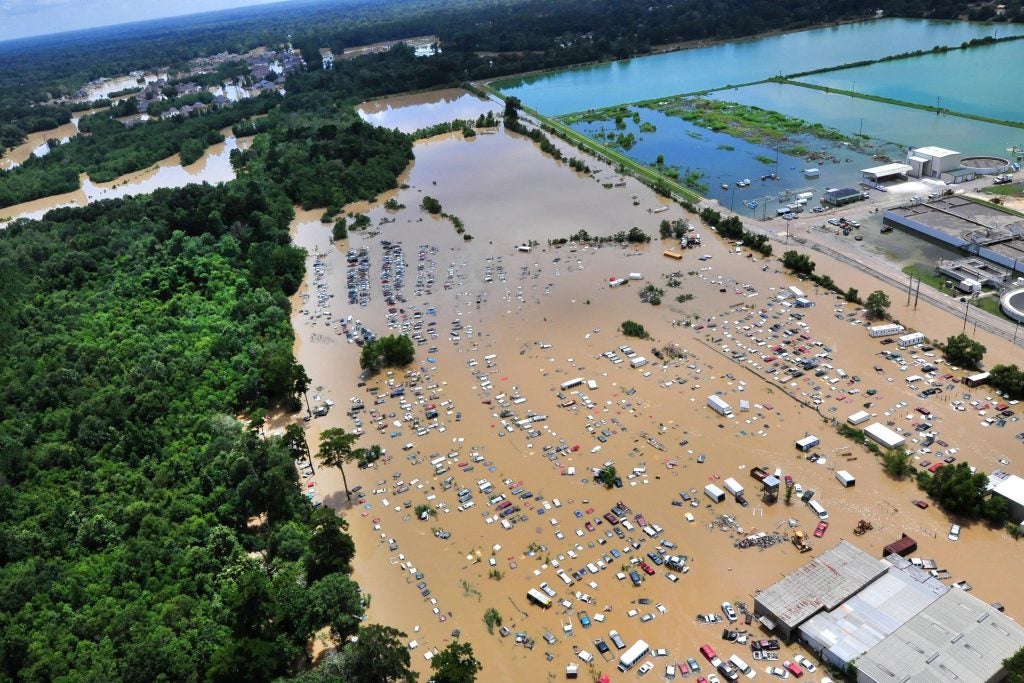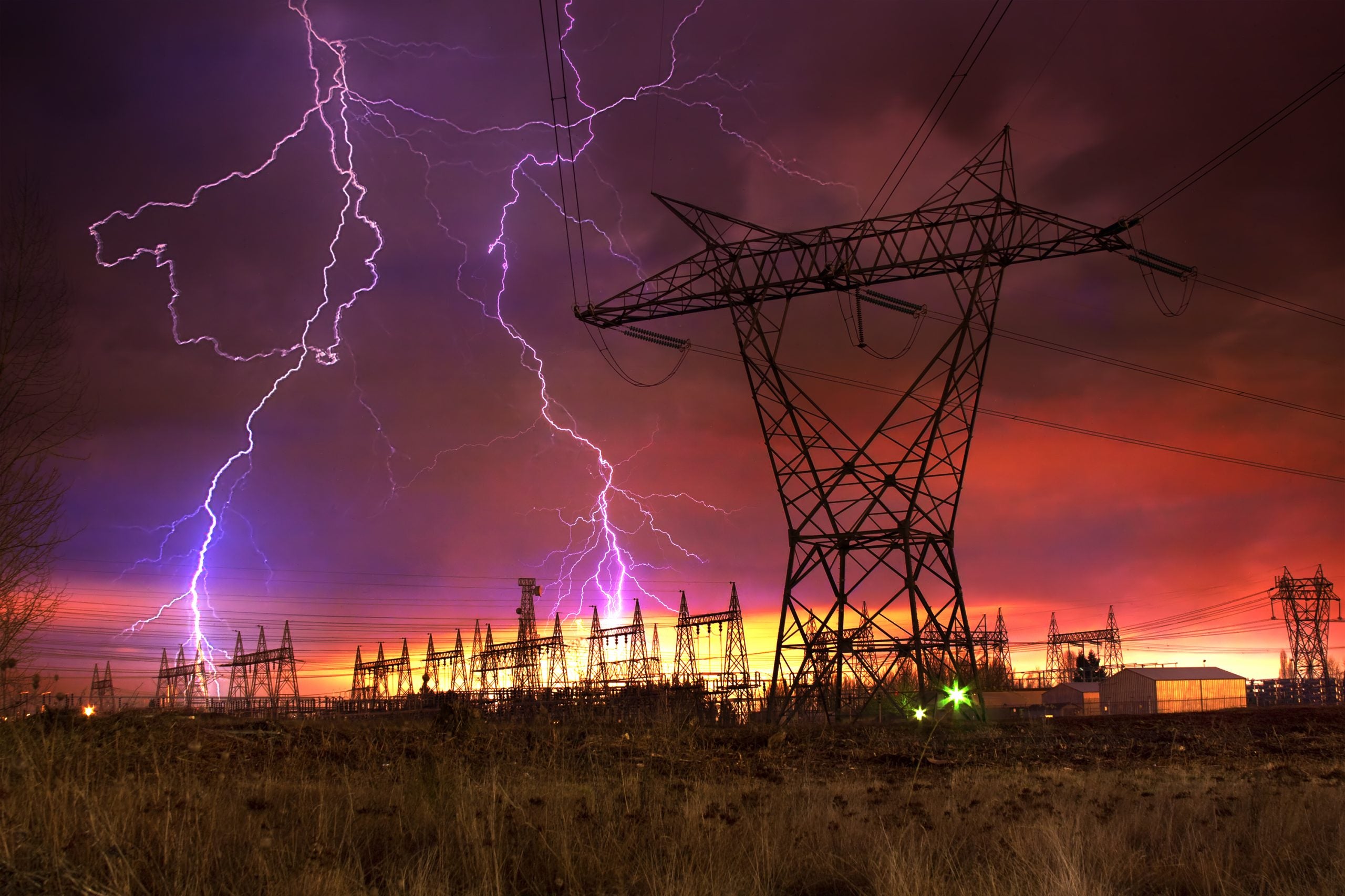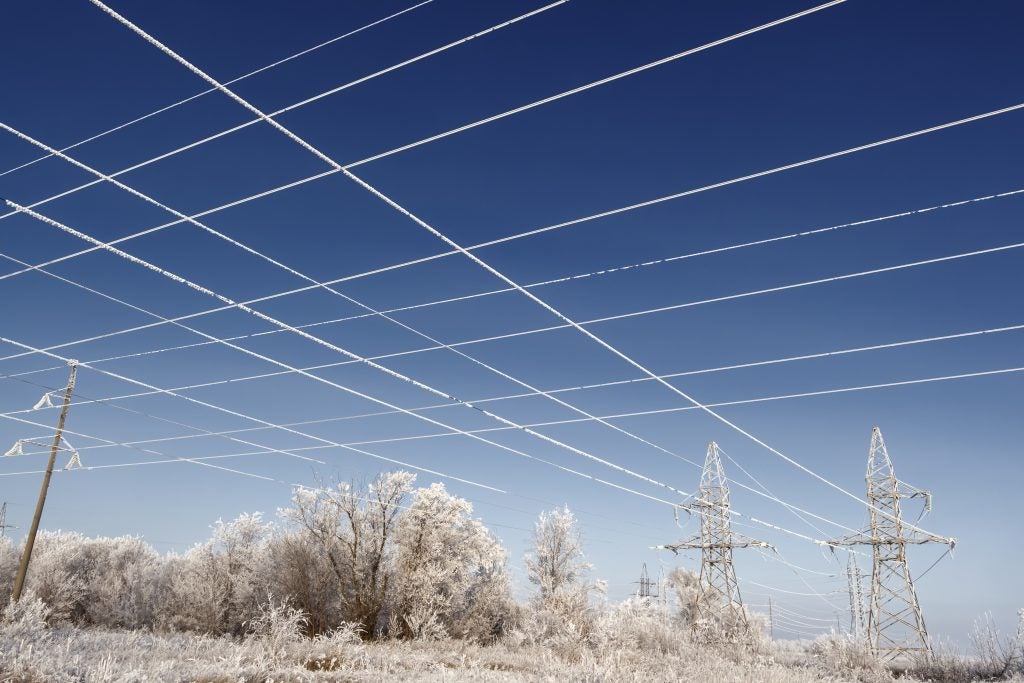
Flooding in Baton Rouge, LA in August, 2016. Coast Guard photo by Petty Officer 1st Class Melissa Leake
(This post was co-authored by David G. Victor, nonresident senior fellow at the Brookings Institution. It is also posted here.)
The U.S. Securities and Exchange Commission (SEC) voted recently to move a proposal forward that would require publicly traded companies to disclose the financial risks they face from climate change. These rules aim to bring corporate obligations for the disclosure of climate risk level with the requirements for disclosure of other forms of financial risk. Doing so is long overdue and a critical step to ensuring investors have access to information about the investment risks faced from climate. Those financial harms include “transition risks” stemming from shifts in innovation, technology, and competitive landscape as well as “physical risks”, such as more severe wildfires to more frequent flooding.
Our financial system has always relied on publicly traded companies being transparent about the risks their businesses navigate. This open accounting of business prospects is fundamental to the healthy operation of our economy — reliable information is the bedrock of efficient markets. Publicly traded companies are required to regularly issue disclosure reports that investors — from Wall Street to Main Street — rely on when choosing where to invest their money seeking opportunity and avoiding unwarranted risk.
The consequences of climate change are creating new and growing forms of financial risk that investors need to consider when choosing how to prudently allocate capital. In the last two years alone, the U.S. suffered more than 40 weather disasters that inflicted at least $1 billion in economic damage each. A recent study found that 215 of the world’s largest companies face almost $1 trillion in climate-related risk. These climate risks pose sprawling challenges, disrupting “food supplies, business operations, and economic productivity, while damaging homes and personal property, public infrastructure, and critical ecosystems across the country.” The most recent assessment by the Intergovernmental Panel on Climate Change concluded similarly, finding that “extreme events and climate hazards are adversely affecting multiple economic activities across North America and have disrupted supply-chain infrastructure and trade.”
Disclosure is necessary because climate risk is investment risk, and market participants have a significant interest in understanding the size and scope of that risk. Other countries, from the U.K. to New Zealand to Japan, have taken concrete steps to require that the mounting harms of climate change to their financial systems are proactively identified and understood. Yet in the U.S., companies are not currently required to disclose the financial risks created by climate change. Our existing rules are voluntary and inadequate. One recent study found that only one percent of companies participating in a voluntary set of standards provided sufficient information on their transition plans for the lower-carbon future. Another, jointly conducted by researchers at Brookings Institution and EDF, found similar results, particularly on the disclosure of physical risk. Another study from Brookings, cited by the SEC in its new draft rule, found highly uneven patterns of disclosure about climate risks — especially on physical risks.
An efficient market requires more information. That’s why the investment community has been among the most vocal in calling for the SEC to act. Ninety-three percent of institutional investors believe that climate-related financial risk “has yet to be priced in by all key financial markets globally.” Many of the world’s largest asset managers have called for strong, mandatory climate disclosure rules to improve their ability to prudently manage investments — in their comments to the SEC they also urged (and the SEC heeded) some caution so that disclosure rules stayed in line with the information that the markets most needed to function well. Many of the large publicly-traded American businesses that would be subject to these rules have also expressed support for mandatory SEC climate risk disclosure, including Apple, Walmart, and FedEx. These businesses and many others understand that the U.S. financial system is healthiest when market participants are able to make well-informed decisions.
The proposed rule addresses these barriers by setting forth a range of information requests, all designed to address investor need. Physical risk disclosure, such as disclosure of risks associated with more severe extreme weather or increasing wildfires, is a critical part of the proposal, which requires registrants to disclose “any climate-related risks that are reasonably likely to have a material impact on the registrant’s business or consolidated financial statement.” The extent to which the company uses specific tools to understand the financial risks they face from climate, such as scenario analysis or transition plans, is likewise subject to the proposed rule. Other aspects of a registrant’s climate risk are additionally subject to disclosure, including provisions of information relevant to the company’s specific risk management processes, greenhouse gas emissions, line-item metrics on the effects of climate-related risks on corporate finances, and climate-related targets.
Understanding and responding to the danger climate change poses across the American economy will be complicated. Getting this right will take time and will require a lot of learning. Mandatory climate risk disclosure by the SEC is a necessary early step. It will bring disclosure of climate risk level with other forms of financial risk and will help ensure that investors have access to relevant information for prudent management of the capital they invest. The SEC’s new proposal aims to achieve this end, consistent with the agency’s clear and explicit authority. Commissioners should swiftly move to finalize the proposal and put this much-needed rule into effect.
 This post was co-authored by EDF’s Michael Panfil and Romany Webb of the Sabin Center for Climate Change Law at Columbia Law School
This post was co-authored by EDF’s Michael Panfil and Romany Webb of the Sabin Center for Climate Change Law at Columbia Law School












